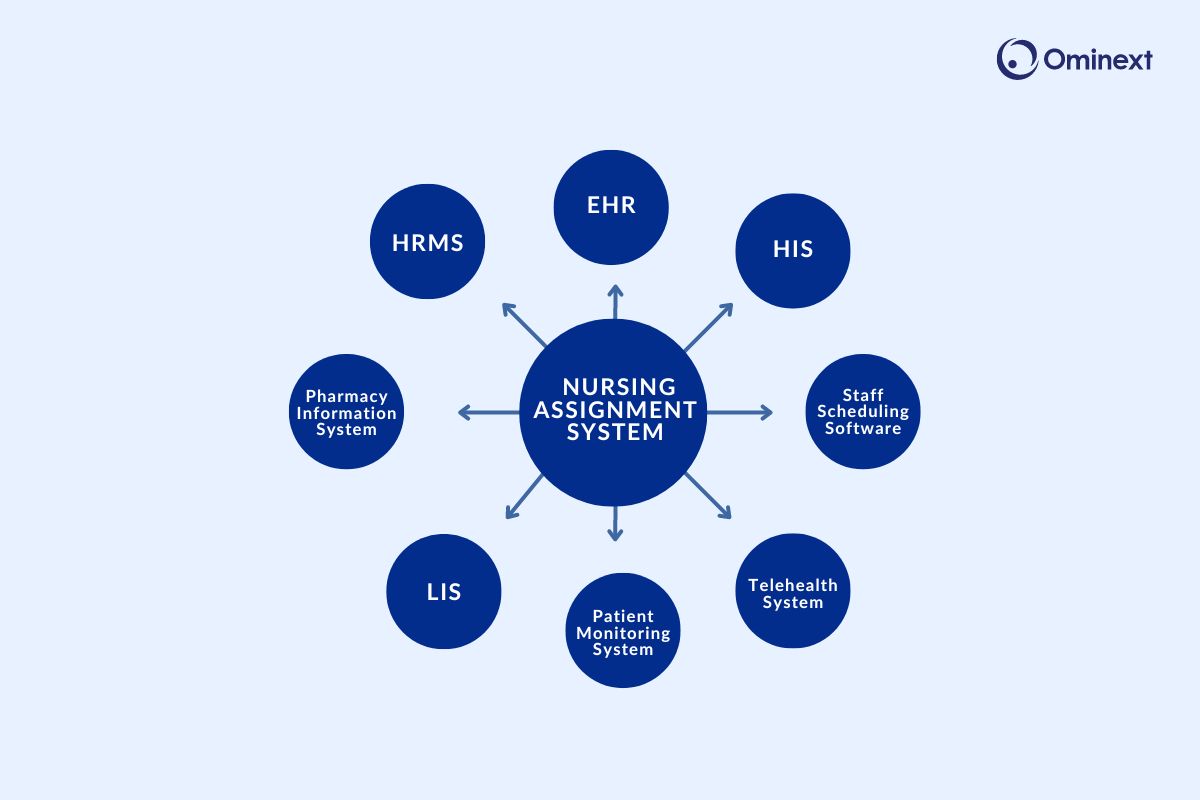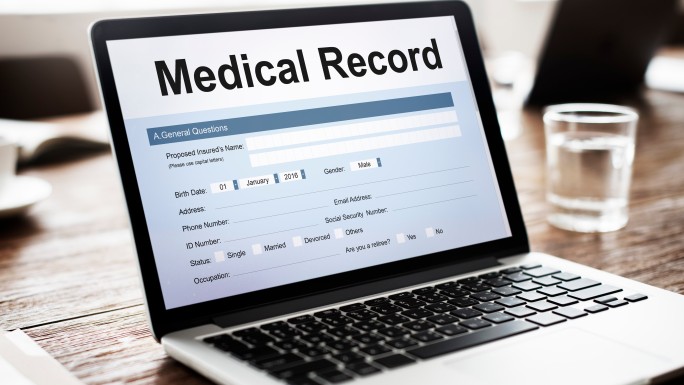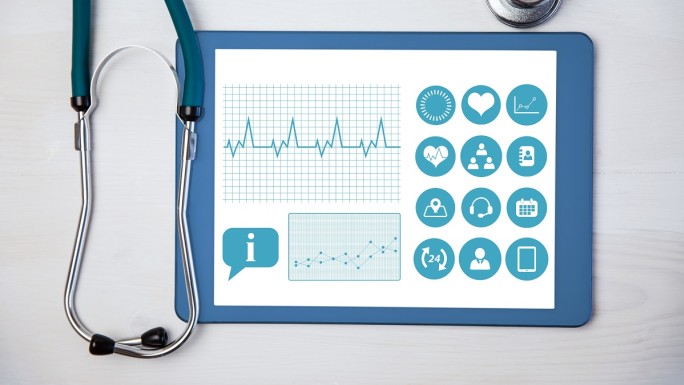Understanding The Top 10 Basic Functions Of A Nursing Assignment System
The traditional methods of manually assigning nursing tasks are gradually being replaced by innovative nursing assignment systems, leveraging technology to streamline workflows and enhance overall healthcare delivery.
This article delves into the fundamental functions of a nursing assignment system, shedding light on how these systems contribute to improved nurse efficiency, patient satisfaction, and the overall quality of healthcare services. From task allocation to real-time monitoring, the functionalities explored herein underscore the transformative impact of technology on nursing assignment processes.
Users of nursing assignment system
A nursing assignment system caters to various users within a healthcare facility, each with distinct roles and responsibilities. The primary users of such a system include:
Nursing Staff
The frontline users are the nursing staff, including registered nurses (RNs), licensed practical nurses (LPNs), and nursing assistants. They use the system to receive patient assignments, view task lists, and communicate with other team members.
Nurse Managers
Nurse managers and supervisors utilize the system to oversee and coordinate nurse assignments. They make decisions regarding staffing levels, allocate resources, and ensure that nursing staff is appropriately assigned to units or tasks.
Healthcare Administrators
Administrators at the organizational level may use the system to gather data on nurse staffing patterns, analyze trends, and make strategic decisions to optimize overall healthcare operations.
Human Resources (HR) Personnel
HR personnel may use the nursing assignment system to manage staffing schedules, track working hours, and ensure compliance with labor regulations and policies.
Basic functions of nursing assignment system
Some basic functions of a nursing assignment system include:
Patient Assignment
Assigning nurses to specific patients based on factors like acuity, medical needs, and nursing expertise. This function ensures an appropriate nurse-to-patient ratio, optimizing patient care and safety.
Skill matching
Matching nurses to tasks and patients based on their skills, competencies, and certifications. Skill matching will maximize the utilization of nursing staff by aligning their expertise with the needs of patients and specific units.
Real-time Updates
By real-time updating, the assignment system provides real-time updates on nurse availability, patient conditions, and unit requirements. This enhances flexibility in nurse assignments, allowing for quick adjustments based on changing circumstances.
Workload Balancing
This function distributes the nursing workload evenly across the nursing staff, taking into account factors like patient acuity and care requirements.
Workload balancing will prevent burnout and fatigue by ensuring a balanced workload among nursing staff.
Unit Assignments
Assigning nurses to specific units or departments based on their expertise and the needs of each unit. Aligning nursing staff with the unique demands and specialization of different units within the healthcare facility.
Shift Planning
The system plans shifts will facilitate the creation of nurse schedules, considering factors such as shift preferences, hours worked, and legal requirements. Optimizing staffing levels across different shifts, ensuring adequate coverage at all times.
Patient Transfers
Managing the transfer of patients between units or departments, and updating nurse assignments accordingly. This function ensures continuity of care and effective communication during patient transfers.

Communication Platform
A platform serves as a communication hub for nursing staff, allowing for real-time communication regarding patient updates, task assignments, and shift changes. This will enhance communication efficiency and coordination among nursing teams.
Integration with Patient Records
By integrating with electronic health records (EHR) to access patient information, the nursing assignment system allows nurses to make informed decisions about patient care. This improves the accuracy and continuity of care by providing nurses with relevant patient data during their assignments.
Resource Allocation
Allocating resources, such as medical equipment, supplies, and support staff, based on nursing assignments will enhance resource utilization and ensure that nurses have the necessary tools to deliver optimal patient care.
Reporting and Analytics
The nursing assignment system can generate reports and analytics on nurse assignments, workload distribution, and overall staffing patterns. Reports and analytics will provide insights for healthcare administrators to optimize staffing levels, identify trends, and make data-driven decisions.
Read more: How to develop a nursing assignment system
Nursing assignment system integrates with other healthcare systems
Electronic Health Records (EHR) System
The Nursing Assignment System integrates with the EHR to access patient data, medical histories, and care plans. This ensures that nurse assignments align with individual patient needs and care requirements.
Hospital Information System (HIS)
HIS integration allows for a comprehensive view of hospital operations, including bed availability, admissions, and discharges. Nurse assignments can be optimized based on real-time information from the HIS.
Staff Scheduling Software
Integration with staff scheduling software facilitates the creation of nurse schedules. This includes considerations for shift preferences, time-off requests, and compliance with labor regulations.
Telehealth Systems
Integration with telehealth systems enables nurse assignments for virtual patient consultations. It ensures that nurses are appropriately allocated to telehealth appointments based on their expertise.
Patient Monitoring Systems
Integration with patient monitoring systems provides nurses with real-time data on patient vitals and conditions. Nurse assignments can be adjusted based on the acuity and needs of monitored patients.

Laboratory Information System (LIS)
LIS integration coordinates nurse assignments for tasks related to specimen collection, ensuring that nurses are allocated to the appropriate areas based on laboratory requirements.
Pharmacy Information System
Integration with pharmacy information systems ensures that nurse assignments align with medication administration schedules and pharmacy workflows.
Human Resources Management System (HRMS)
Integration with HRMS assists in managing nurse assignments by considering factors such as staff certifications, competencies, and training records.
Suggesting tech stack for a nursing assignment system
The choice of a tech stack for a nursing assignment system depends on various factors, including the specific requirements, scalability needs, and the preferences of the development team.
Here we suggest some tech stacks for typical components of a healthcare software system. If you need more consultation about developing a nursing assignment system, feel free to contact us here!
Frontend
Framework: React.js or Angular
Language: JavaScript or TypeScript
State Management: Redux (for React) or NgRx (for Angular)
UI Components: Material-UI (for React) or Angular Material (for Angular)
Backend
Framework: Node.js with Express.js or Django (Python) or Spring Boot (Java)
Language: JavaScript (Node.js), Python (Django), or Java (Spring Boot)
Database: MongoDB or PostgreSQL for flexibility and scalability
Authentication: JSON Web Tokens (JWT) for secure user authentication
Database
Relational Database Management System (RDBMS): PostgreSQL for structured data, relationships, and ACID compliance.
NoSQL Database: MongoDB for flexibility and scalability, especially for handling unstructured data.
Server
Web Server: Nginx or Apache for serving static files and handling reverse proxy
Application Server: Node.js (with Express.js), Gunicorn (for Django), or Tomcat (for Spring Boot)
APIs
RESTful APIs: Design APIs following REST principles for communication between the frontend and the backend.
GraphQL: Consider GraphQL for more efficient and flexible data fetching if the system requires dynamic queries.
Conclusion
In conclusion, the adoption of nursing assignment systems represents a significant stride towards modernizing healthcare operations and optimizing the utilization of nursing resources. The functions discussed in this article collectively contribute to creating a more organized, responsive, and patient-centric healthcare environment.
As technology continues to advance, the role of nursing assignment systems will likely evolve, introducing additional features aimed at further enhancing efficiency and adaptability. By embracing these systems, healthcare institutions can not only elevate the standard of patient care but also empower nursing professionals to perform at their best, ultimately fostering a healthcare ecosystem that is both effective and compassionate.









